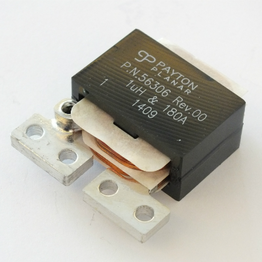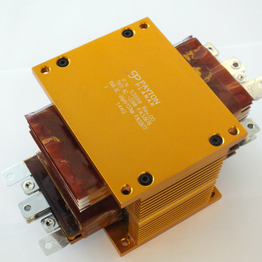What Are The Advantages Of Planar Transformers?
Planar transformers are an essential component in many electronic systems, and they come in various shapes and sizes.
Planar transformers usage continues to increase due to their unique advantages. They are flat, compact, and offer better thermal management, making them ideal for high-frequency applications. But that's not all.
This article explores the advantages of planar transformers and why they are gaining popularity in various industries. Whether you are an engineer or a hobbyist, understanding the benefits of planar transformers can help you make informed decisions when designing electronic systems. So, let's dive in and learn more about this fascinating technology.

Planar Transformer Advantages
Planar transformers offer several advantages over traditional transformer designs, including:
Small Size and Low Profile
Planar transformers are typically much smaller and thinner than traditional transformers. This makes them suitable for applications where space is limited, such as in medical and military equipment. They also provide a low profile, which is beneficial for the high-density mounting of components.
Lower Manufacturing Costs
Planar transformers are simpler to manufacture than conventional transformers and are usually cheaper. This makes them an excellent option for budget-conscious projects. In addition, planar transformers can be integrated into printed circuit boards, which reduces assembly costs.
High-Frequency Performance
Planar transformers are ideal for high-frequency applications because of their low inductance and capacitance. Low inductance reduces the magnetic flux in the transformer core, resulting in higher efficiency and reduced power losses. Low capacitance also reduces electrical noise and interference.
Low Inductance Leakage
Planar transformers typically have lower leakage inductance than conventional transformers. This is due to their larger core area, which reduces the amount of turns needed. This makes them suitable for applications where low inductance leakage is desirable, such as flybacks.
Better Performance at High Frequencies
Lower stray capacitance than traditional transformers makes planar transformers ideal for high-frequency applications. This improves their efficiency and helps to reduce losses due to capacitive coupling.
Additionally, planar transformers are well-suited for high-frequency applications because of their improved thermal management. This allows components to operate at higher temperatures without sacrificing performance.

Improved Thermal Management
Planar transformers have a larger surface area than traditional cylindrical transformers, allowing heat to dissipate more effectively. This makes them suitable for high-power applications where heat is an issue.
Great Repeatability
Planar transformers have excellent repeatability and consistency, which is vital for applications requiring precise control. This makes them an ideal choice for precision electronics. On the other hand, conventional transformers are difficult to replicate due to their complex geometry, leading to variations in performance.
High Isolation
High isolation is another benefit of planar transformers, which is beneficial for applications with a significant voltage difference between the input and output. This helps to protect sensitive components from unwanted interference.
High-Density Power Throughput
Planars provide improved electrical performance due to the flat shape of the windings and close magnetic coupling between them. This leads to higher power density and reduced noise, making them ideal for high-frequency applications.
Final Thoughts
Due to their unique advantages, planar transformers are becoming increasingly popular in various industries. They are flat, compact, and offer better thermal management than traditional cylindrical transformers, making them suitable for high-frequency applications. In addition, planar transformers are also cheaper to manufacture and deliver improved performance at high frequencies.
Looking for a planar transformer for your next project? Contact our team at Payton Planar for help today